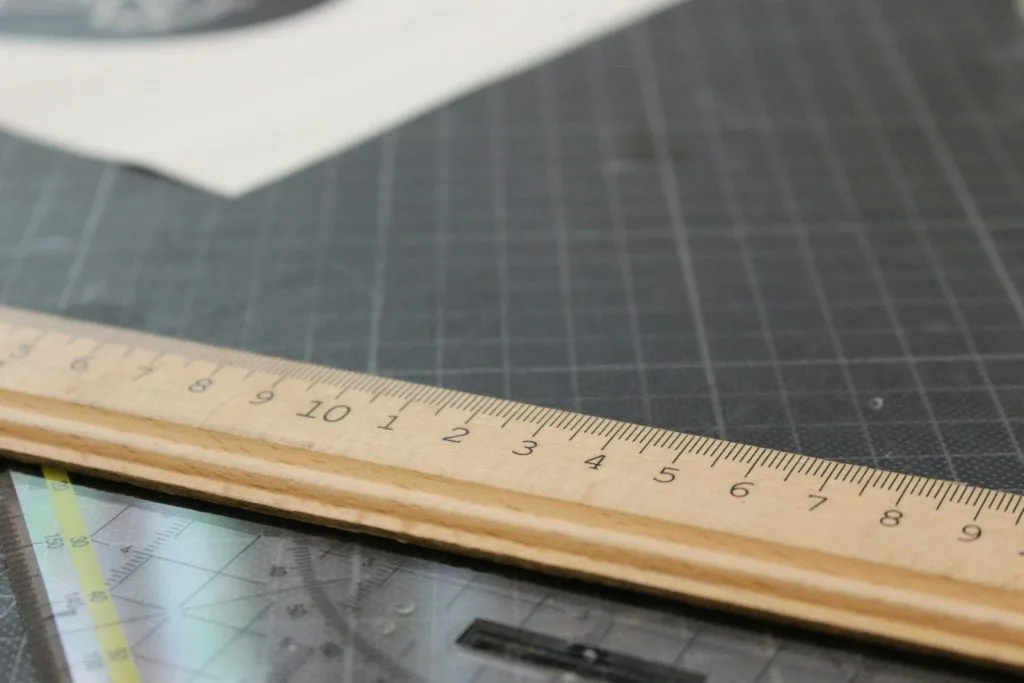Company Background
A company I worked with which is a medium-sized outfit churning out parts in the heart of America. They have been around for decades and these days, they’re supplying components to the big manufactures. Sadly they hit a rough patch. Sales were down, costs are up, and the shop floor looks like it’s stuck in the 1980s.
The place was a mess when I first walked in – literally and figuratively. Inventory piled up like miniature skyscrapers, machines breaking down more often than they were running, and a workforce that looked about as enthusiastic as a bunch of teens forced to clean their rooms. Classic case of a company that’d gotten too comfortable and forgotten how to innovate.
Identifying the Problem

Now, I’ve seen my fair share of struggling plants, but this company was something special. Their issues were like layers of an onion – peeling back one problem just revealed another.
Here’s the issues:
- Production efficiency was in the toilet
- Quality control was more like quality suggestion
- Inventory management was a game of hide-and-seek
- Employee morale was lower than a snake’s belly
- Communication between departments was basically non-existent
The board brought me in to wave my lean management wand and fix everything overnight. If only it were that easy. I knew we had our work cut out for us. This wasn’t just about tweaking a few processes – we needed a full-blown Kaizen revolution.
Kaizen Implementation Process
First things first, I had to get everyone on board. Kaizen isn’t some magic bullet – it’s a mindset. We started with a company-wide meeting. I laid it all out – the good, the bad, and the ugly. No sugar-coating, just straight talk about where we were and where we needed to be.
Then, we broke it down into manageable chunks:
- Form Kaizen teams: Mixed groups from different departments, levels, and experience.
- Set clear goals: Specific, measurable targets for each area of improvement.
- Create a suggestion system: Easy way for any employee to submit ideas.
- Implement daily stand-up meetings: Quick check-ins to address issues and share progress.
- Establish visual management: Boards, charts, and signals to make problems visible.
- Start small: Focus on quick wins to build momentum and confidence.
It wasn’t pretty at first. People were skeptical, some were downright hostile. But we pushed through with one small improvement at a time.
Employee Involvement and Training
Getting everyone involved was the key. We didn’t want management just dictating from above; this had to be a grassroots effort. We organized training sessions that weren’t your usual boring PowerPoints. We’re talking about hands-on, interactive learning where everyone gets involved.
We did simulations, role-playing exercises, even some friendly competitions. The goal was to make Kaizen principles second nature. We wanted people to start seeing waste and thinking, “How can we fix this?” without even realizing they were doing it.
One of the coolest things we did was a “waste walk.” We’d tour the facility, and employees had to spot as many instances of waste as they could. This turned it into quite the fun game, with prizes for the team that identified the most actionable improvements. You’d be amazed how creative people get when there’s a gift card on the line.
Key Improvement Areas
We couldn’t boil the ocean, so we had to prioritize. After a lot of data crunching and shop floor observations, we zeroed in on these areas:
- Production line layout
- Inventory management
- Maintenance procedures
- Quality control processes
- Cross-department communication
For each area, we set up dedicated Kaizen teams. These weren’t just managers – we made sure to include people from all levels. The guy who’s been running the same machine for 20 years? Yeah, he’s got some ideas worth listening to.
We used a mix of tried-and-true lean tools:
- Value Stream Mapping
- 5S workplace organization
- SMED for quick changeovers
- Kanban for inventory control
- Poka-yoke error-proofing
A key thing we did was not to just copy-paste these methods. We tailored them to fit this companies unique needs and culture. It’s not about blindly following some lean manual – it’s about finding what works for your specific situation.
Measurable Outcomes

Now, I’m not one for bragging, but the results… well, they spoke for themselves. Within six months, we saw:
- 30% reduction in lead time
- 17% increase in productivity
- 25% decrease in inventory costs
- 15% reduction in defect rates
- 15% improvement in on-time deliveries
And that’s just the hard numbers. The real magic was in the stuff you can’t easily measure – the buzz on the shop floor, the pride in people’s work, the way people from different departments started actually talking to each other.
We even had suppliers and customers noticing the difference. One of the big manufacturers called up asking what the heck we were doing differently – they couldn’t believe the improvement in quality and delivery times.
Challenges Encountered
As with everything this wasn’t all smooth sailing. We hit our fair share of issues along the way.
The biggest hurdle was Resistance to change. You’d think people would jump at the chance to make their jobs easier, but old habits die hard. We had people who’d been doing things the same way for decades, and they weren’t about to change because some consultant came in spouting new terminology.
We also ran into some technical challenges. Updating systems and processes isn’t always straightforward, especially when you’re dealing with older equipment. There were times when it felt like we were trying to teach an old dog quantum physics.
There was also the dreaded “flavor of the month” syndrome. Some employees had seen their fair share of management fads come and go. They figured this was just another one to wait out.
How’d we overcome these? Persistence, patience, and a whole lot of coffee. We celebrated every win, no matter how small. We listened to concerns and adjusted our approach when needed. And most importantly, we led by example. Nothing builds credibility like rolling up your sleeves and getting your hands dirty alongside everyone else.
Long-term Impact
The real test of any improvement initiative is what happens after the consultant leaves. I’m proud to say that this company didn’t just maintain their gains – they built on them.
The Kaizen mindset took root. It wasn’t just about following a set of procedures anymore – it became part of the company’s DNA. People started coming up with improvement ideas on their own, without prompting. The suggestion box that used to collect dust was suddenly overflowing.
But the impact went beyond the shop floor. The company’s reputation in the industry got a major boost. They started attracting better talent, winning new contracts, even expanding into new product lines. All because they embraced the idea that good enough is never good enough.
Lessons Learned

If there’s one thing I’ve learned in my years of doing this, it’s that there’s always more to learn. Here are some key takeaways from the this company’s experience:
- Culture eats strategy for breakfast: You can have the best improvement plan in the world, but if your culture doesn’t support it, you’re dead in the water.
- Leadership matters: Without buy-in and active participation from the top, Kaizen initiatives are doomed to fail.
- Start small, think big: Quick wins build momentum and belief in the process.
- Data is king, but don’t forget the human element: Numbers tell a story, but so do the people on your shop floor.
- Continuous really means continuous: Kaizen isn’t a one-and-done deal. It’s a never-ending journey.
Future Continuous Improvement Plans
So, what’s next for them? They’re not resting on their laurels, that’s for sure. They’ve got plans to:
- Expand Kaizen principles to their supply chain
- Invest in more advanced automation and data analytics
- Develop a formal mentorship program to pass on Kaizen knowledge
- Explore new markets and product lines leveraging their improved capabilities
They’ve even started looking into AI and machine learning to take their continuous improvement efforts to the next level. It’s exciting stuff, and it all started with a willingness to admit they had a problem and the courage to do something about it.
In the end, the company’s story isn’t just about implementing some lean tools or following a Kaizen cookbook. It’s about transforming a company’s culture, unlocking the potential of its people, and proving that even an old dog can learn new tricks – with the right motivation and a little bit of guidance.
So, next time you’re facing a seemingly impossible challenge in your business, remember – it’s not about making one big leap. It’s about taking that first small step, then another, and another. Before you know it, you’ll look back and realize just how far you’ve come. That’s the power of Kaizen in Engineering.
In this case study, we’ve seen how implementing Kaizen principles can revolutionize a company’s operations. Another interesting application of continuous improvement in manufacturing is the implementation of a Smart Torque Verification System, which can significantly enhance quality control and efficiency in automotive assembly lines.






